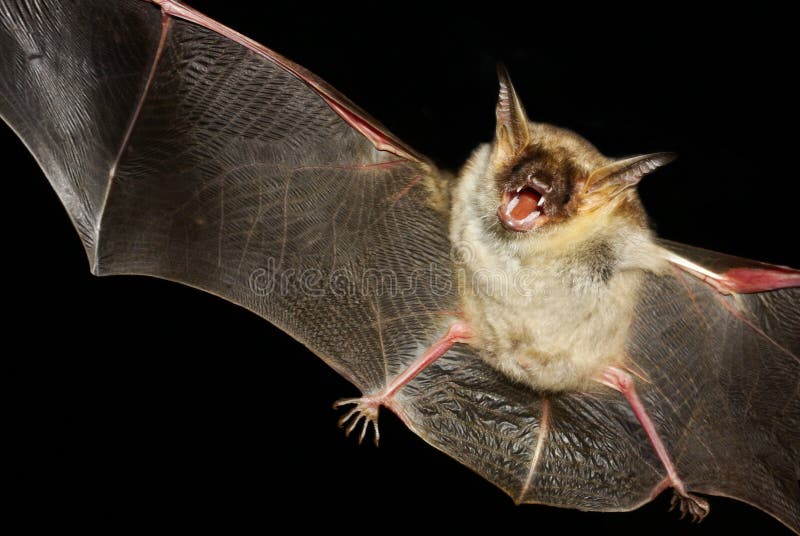
Greater Mouseeared Bat Isolated in Black Stock Photo Image of nighttime, night 64773258
The scientific name of the greater mouse-eared bat is Myotis myotis. Whiskered bat IUCN classification GB: Critically endangered England: Critically endangered Scotland: NA Wales: NA Global: Least concern Vital Statistics Head & body length: 65mm-80mm Forearm length: 57mm-68mm Wingspan: 365mm-450mm Weight: 24g-40g
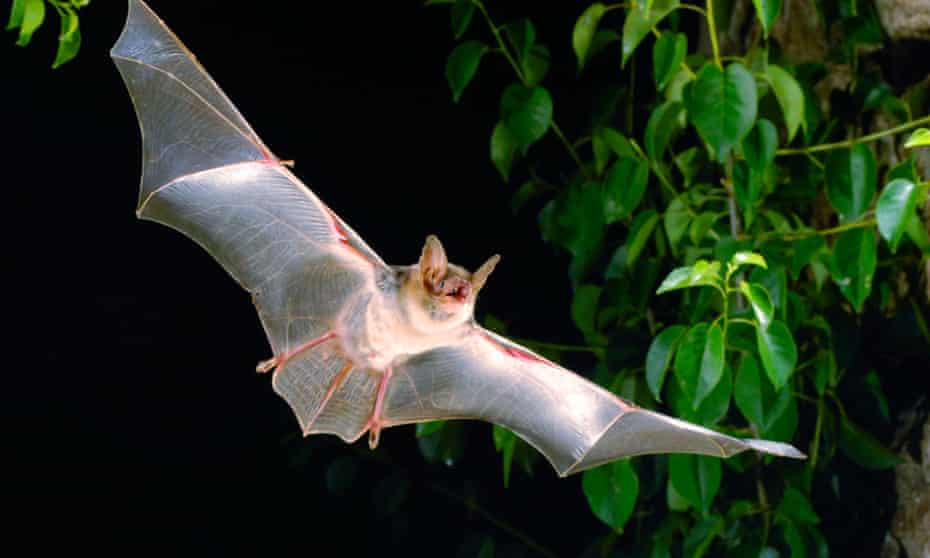
The last bat the mystery of Britain’s most solitary animal Wildlife The Guardian
The greater mouse-eared bat ( Myotis myotis) is a European species of bat in the family Vespertilionidae . Description Myotis myotis is a large bat with a long, broad muzzle and big, long ears. The body's dorsal side is brown to reddish-brown, while the ventral side is dirty white or beige.

Greater mouseeared bats (Myotis myotis) locate insects in the grass by the noise they make
The gray myotis, or gray bat, is the largest of all Missouri's myotis (mouse-eared) bats, which include the little brown myotis, the Indiana myotis, and the northern long-eared myotis. Gray myotises are hard to distinguish from their myotis cousins. Gray myotises have grayer fur; it is a uniform brownish gray most of the year, turning a light rusty brown in summer. Other myotises have bi- or.
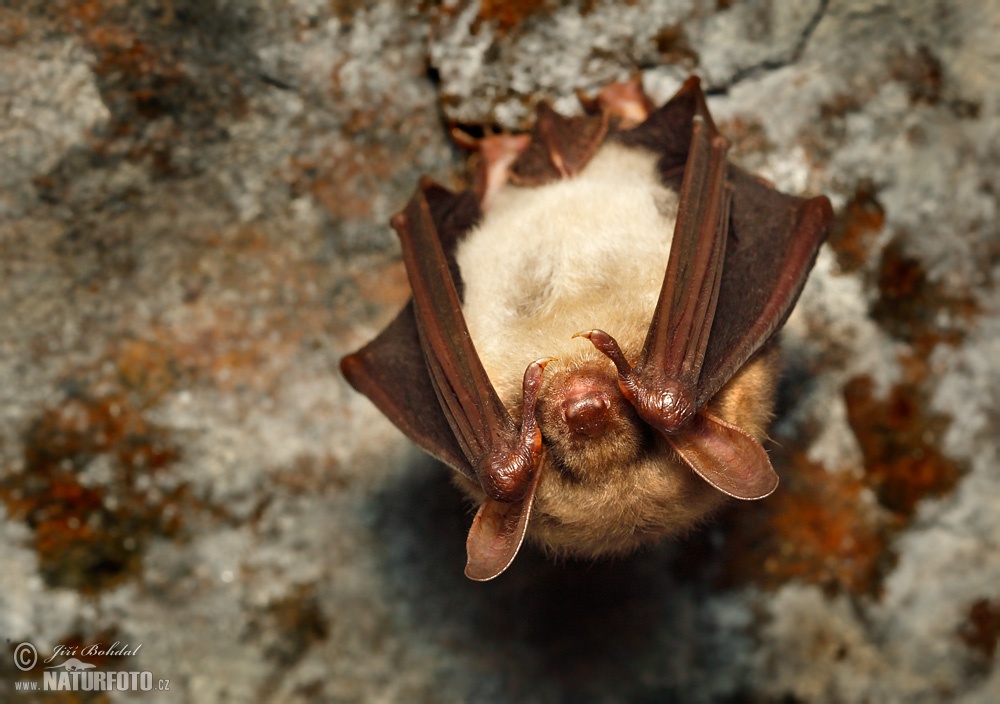
Greater mouseeared bat maternity roosts Photos, Greater mouseeared bat maternity roosts
Large mouse-eared bat | mammal | Britannica Home Science Mammals Bats, Flying Lemurs & Flying Squirrels Animals & Nature large mouse-eared bat mammal Also known as: Myotis myotis Written and fact-checked by The Editors of Encyclopaedia Britannica
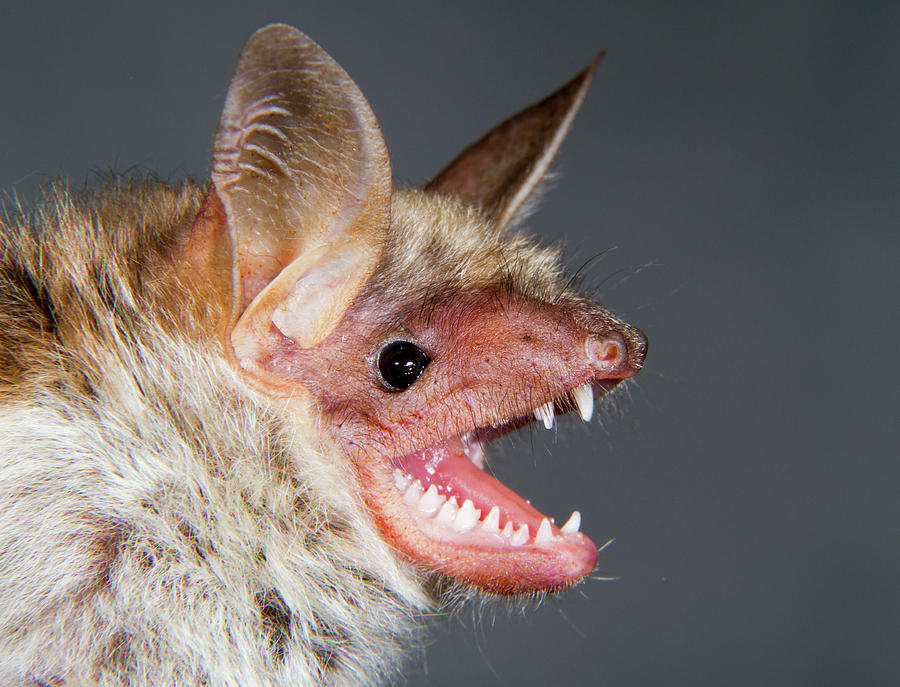
Lesser Mouseeared Bat Photograph by Ivan Kuzmin Fine Art America
The Greater Mouse-Eared Bat is a bat of open woodland and parkland. In the south of Europe it will inhabit caves in the summer months, but further north it lives in warm attics, towers and cellars. It hibernates in caves, mines or cellars with a temperature of between 7 and 12 centigrade. In the hibernacula (winter quarters, as of a hibernating.
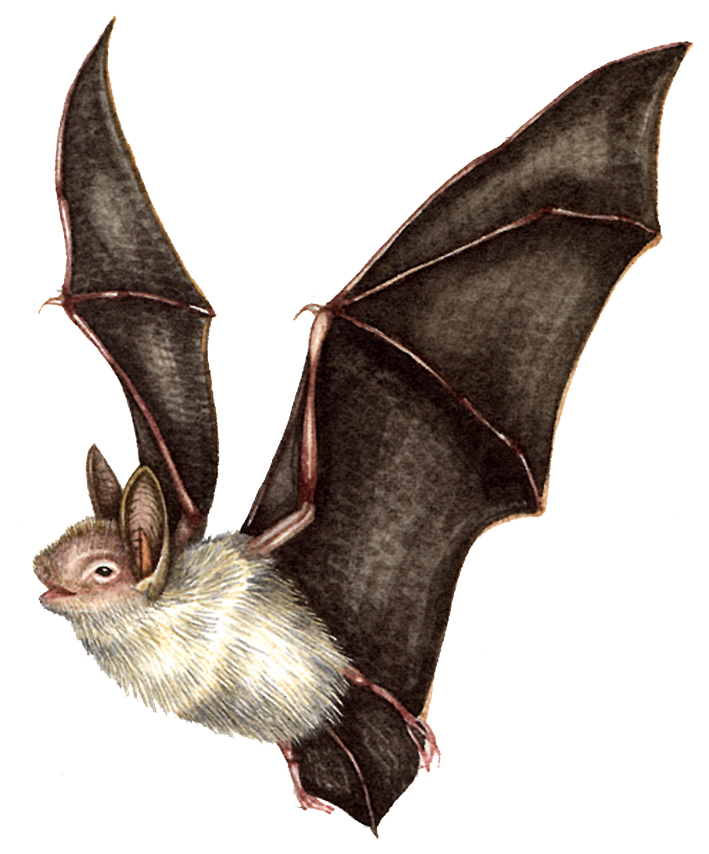
Mouse eared bat Myotis myotis Lizzie Harper
M. myotis are relatively large bats, with long ears, overall length 6.5-8.0 cm, broad wingspan 36.5-45.0 cm, and forearm length about 5.7 cm. Adult body weights are about 20-45 g. Females are larger than males. M. myotis are very similar to M. blythii phisically.
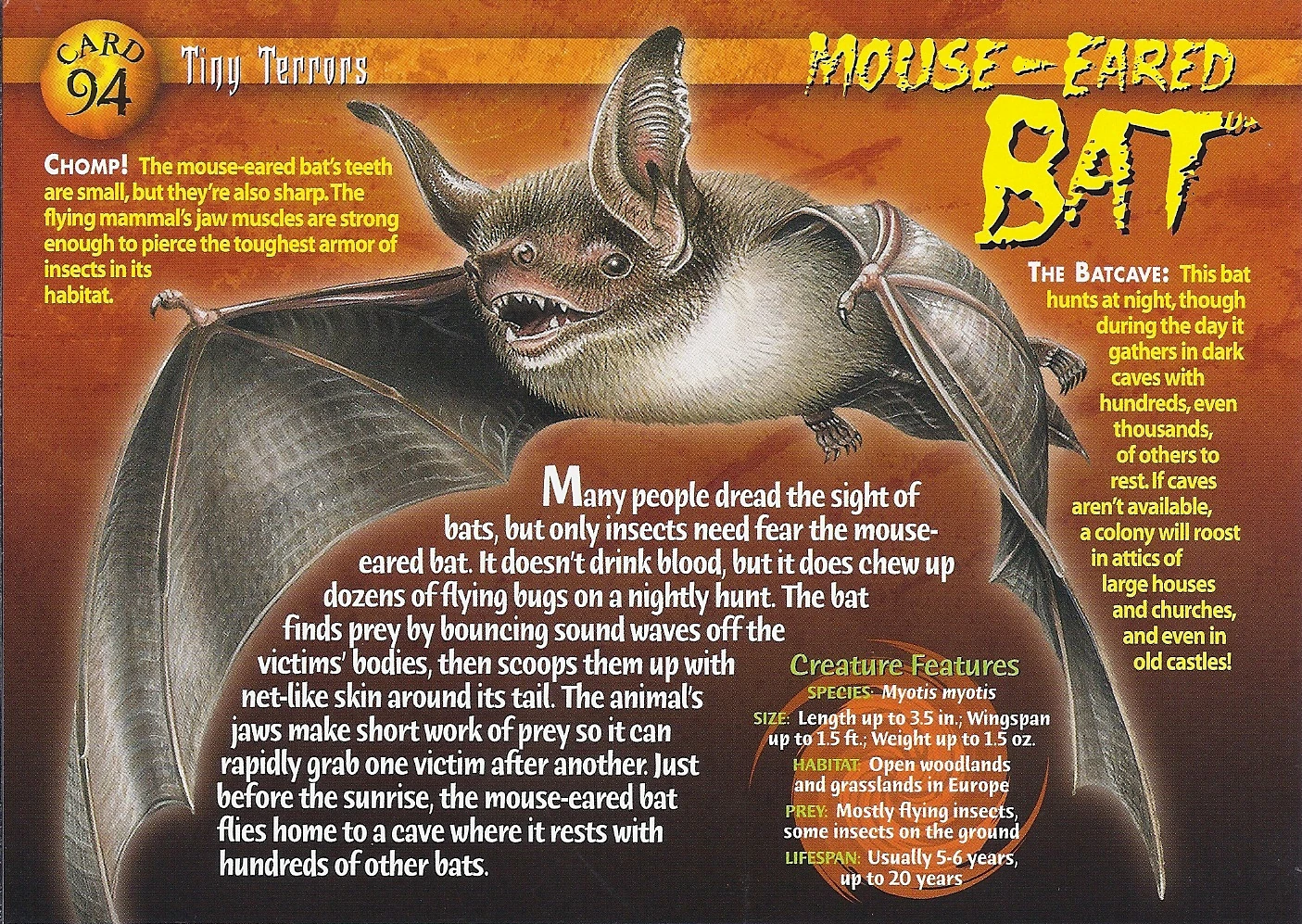
MouseEared Bat Weird n' Wild Creatures Wiki FANDOM powered by Wikia
published 9 May 2022 Owls react the same to bat and hornet buzzes. Greater mouse-eared bats buzz like angry hornets. (Image credit: Marco Scalisi) To avoid being snagged in the talons of a.
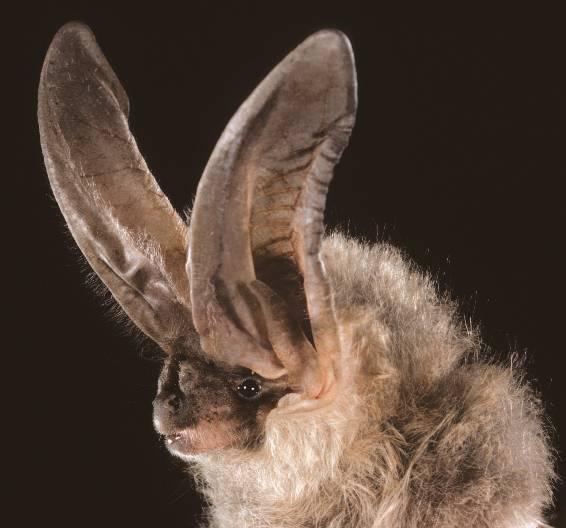
Townsend's Bigeared Bat (Corynorhinus townsendii) Encyclopedia of Puget Sound
A mouse-eared bat calling weakly while approaching prey will probably be able to avoid collision with surrounding obstacles. Mystacina tuberculataGray 1843 (Jones et al., 2003)emits echolocation calls on the ground at a low repetition rate for orientation while searching for food by prey-generated sound and possibly by olfaction.

Tiny tracking tags help decode how echolocating bats navigate South Africa Today
MAMMALIA Order: CHIROPTERA Family: Vespertilionidae Species details: With a wingspan of 350 - 430 mm, the Greater Mouse-eared bat is the largest Myotis. Both its snout and ears are long and broad, and its short and dense fur is a blend of brown and grey colours.

The Greater Mouseeared Bat The British Mammal Guide YouTube
Other articles where mouse-eared bat is discussed: brown bat:.bats belonging to the genera Myotis (little brown bats) or Eptesicus (big brown bats). Both are vesper bats, and both are widely distributed, being found in almost all parts of the world. Both genera are insectivorous.
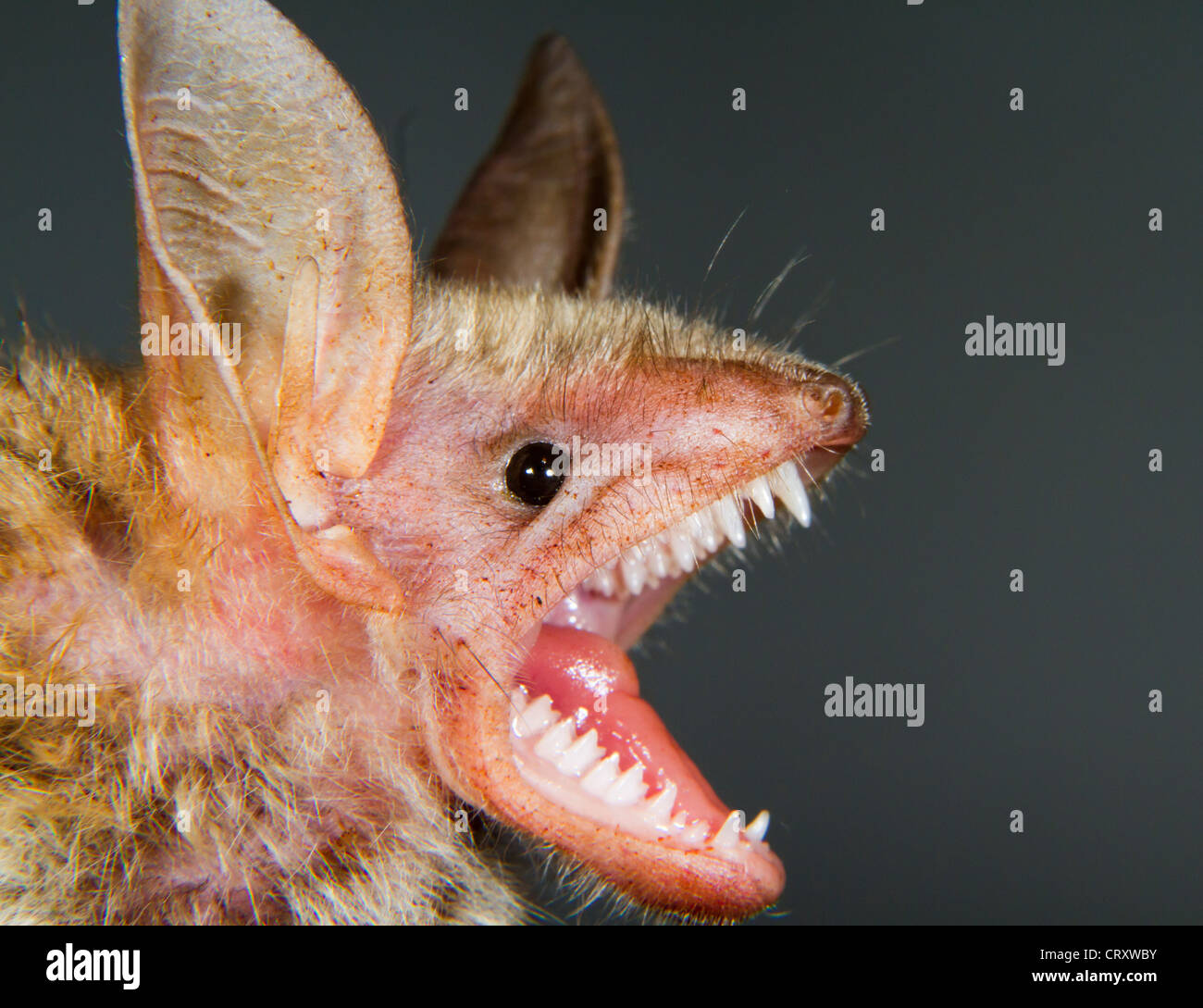
Portrait of the lesser mouseeared bat (Myotis blythii), The Republic of Caucasus Stock
The lesser mouse-eared bat or lesser mouse-eared myotis ( Myotis blythii) is a species of insectivorous bat in the family Vespertilionidae . Distribution
Greater mouseeared bats [IMAGE] EurekAlert! Science News Releases
The mouse-eared bats or myotises are a diverse and widespread genus ( Myotis) of bats within the family Vespertilionidae. The noun " myotis " itself is a Neo-Latin construction, from the Greek " muós (meaning "mouse") and " oûs " (meaning ear), literally translating to "mouse-eared". [2] Relationships
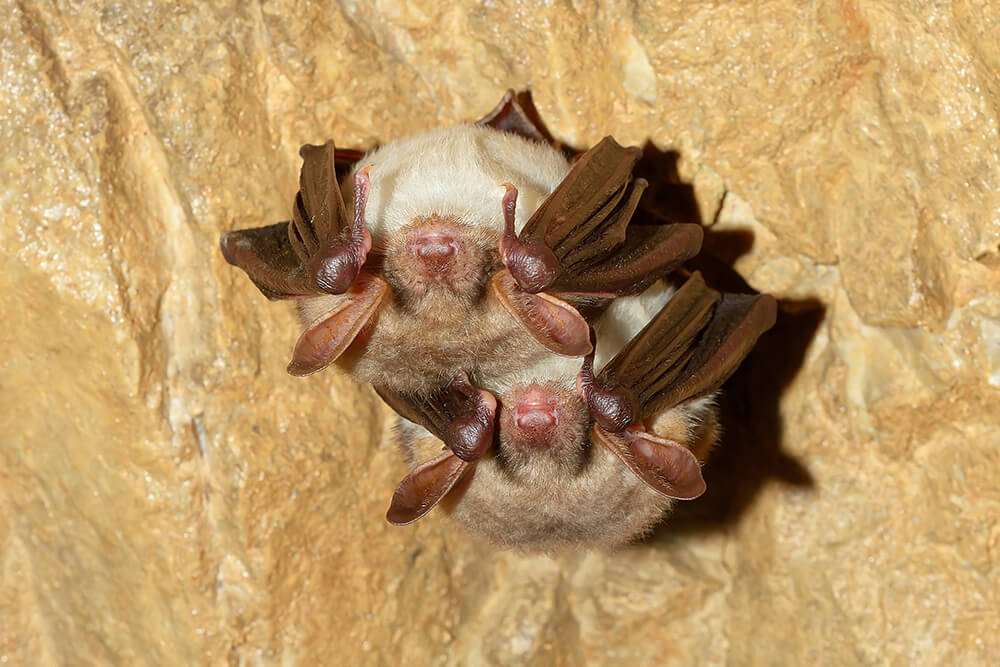
Bat San Diego Zoo Animals & Plants
Order Chiroptera Family Vespertilionidae Subfamily Myotinae Genus Myotis SPECIES Myotis myotis Population size Unknown Life Span 3-14 years Weight 45 g oz Length 8-9 cm inch Wingspan 40 cm inch The greater mouse-eared bat ( Myotis myotis ) is a European species of bat in the family Vespertilionidae. No Nocturnal
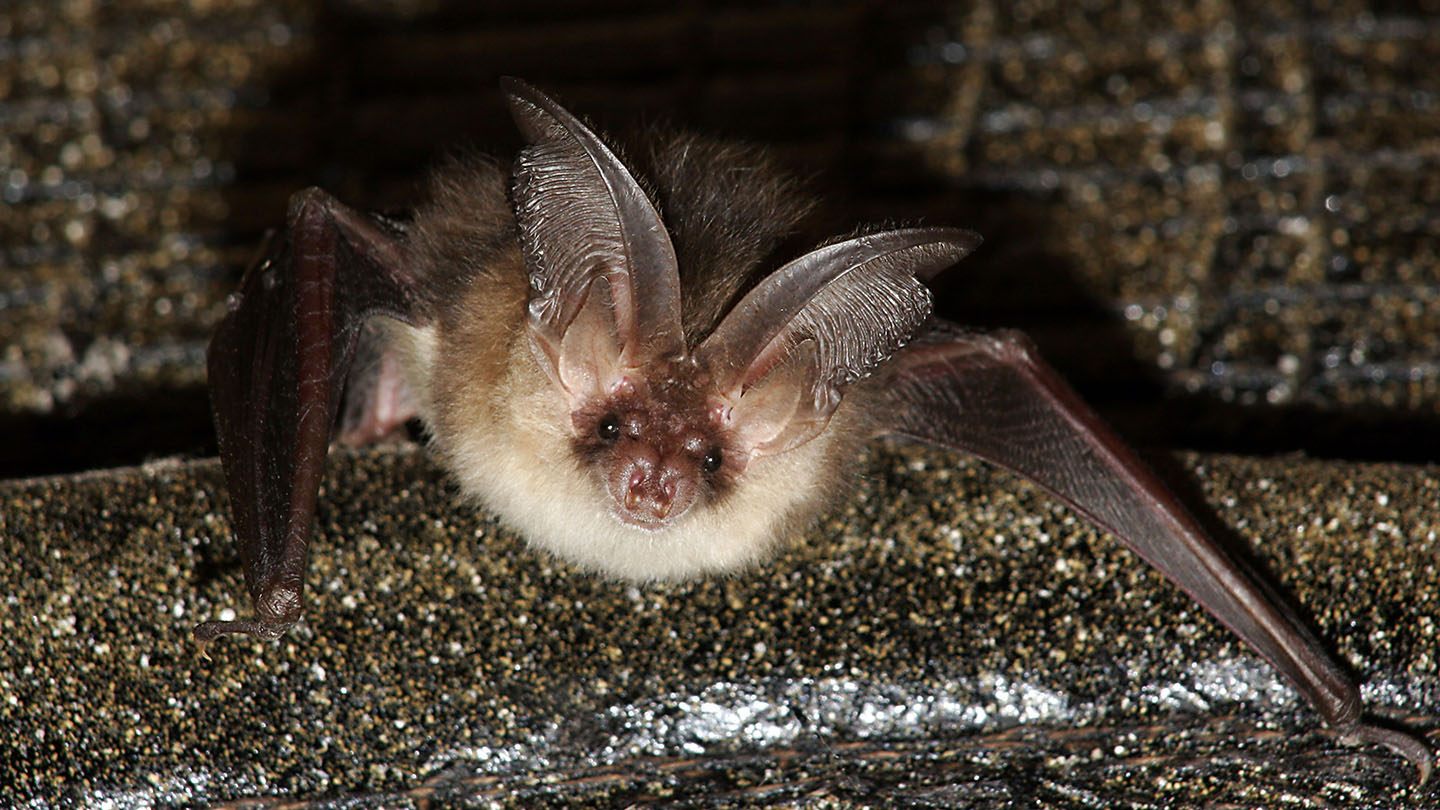
Brown LongEared Bat (Plecotus auritus) Woodland Trust
The greater mouse-eared bat Myotis myotis is the largest British bat at around 30g. It has been speculated that either one or both individuals may be migrating over the channel from France, to hibernate. England is on the far outer edge of their natural habitat range.
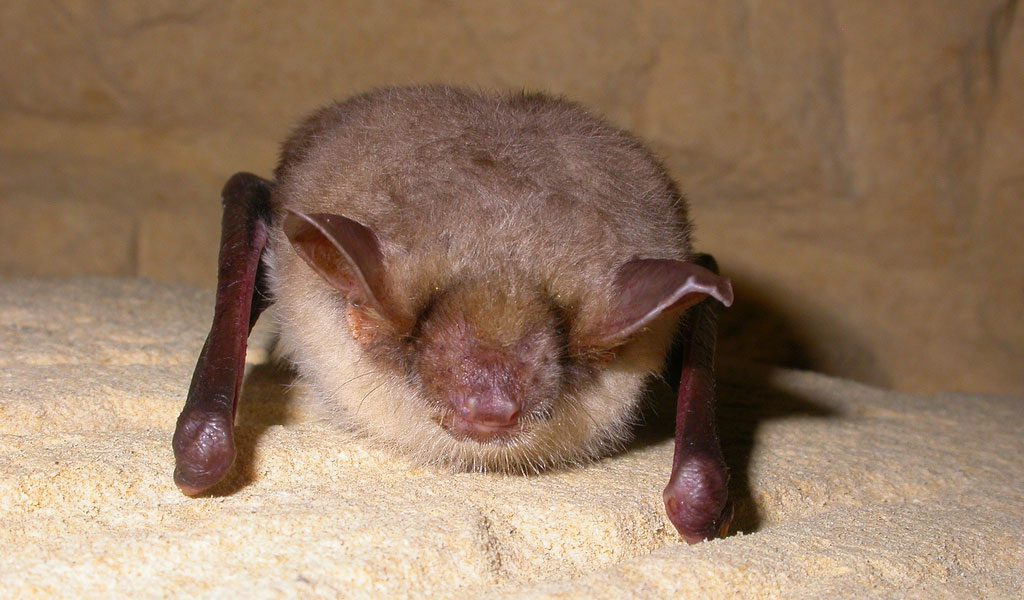
Greater Mouseeared Bat Facts, Information & Pictures
Bats can contribute to an increase of aeromycota in underground ecosystems and might be a vector/reservoir of microorganisms; however, there is no information about the number and species composition of fungi around hibernating bats. One of the most common species in Europe with direct human contact is the greater mouse-eared bat (Myotis myotis). The goal of our research was the first report.
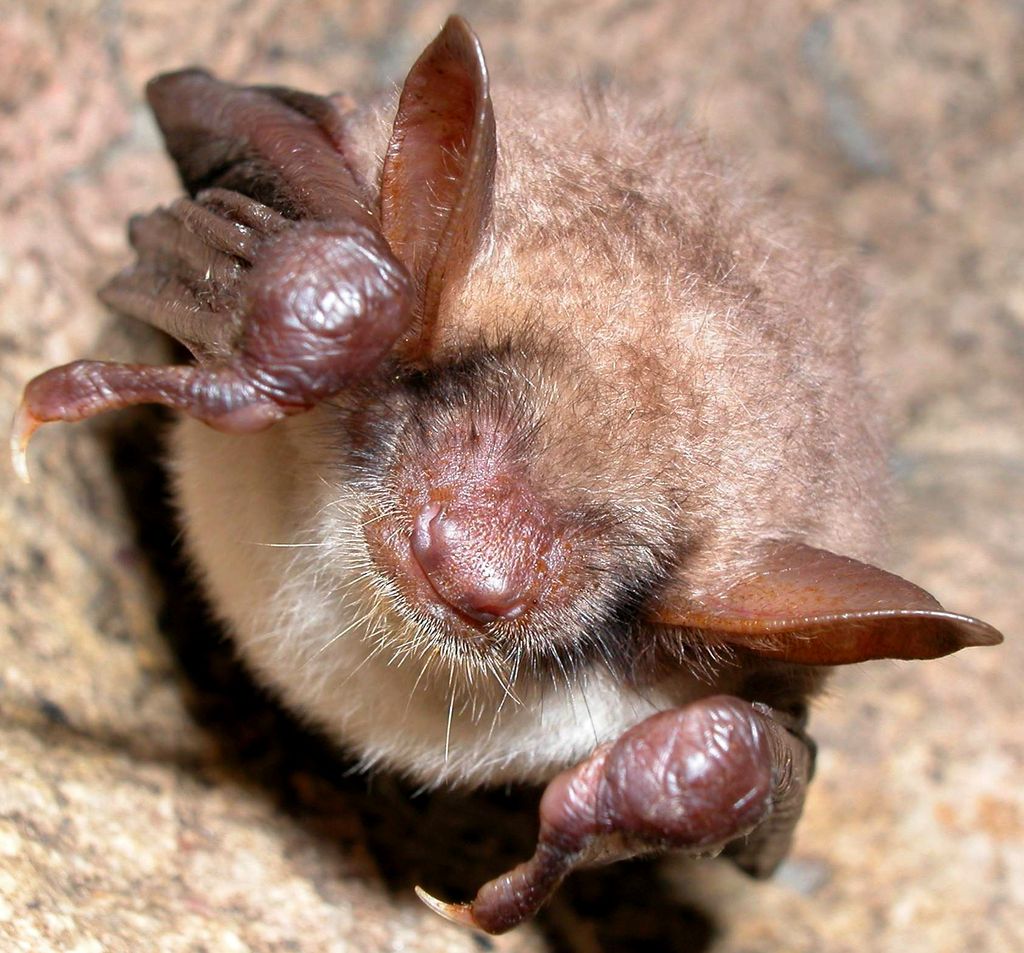
Britain’s rarest The Greater mouseeared bat Wild Ideas
Vespertilionidae: sounds (1) Subfamily Myotinae mouse-eared bats, silver-haired bats, and wing-gland bats. Myotinae: pictures (29) Myotinae: specimens (276) Genus Myotis mouse-eared bats. Myotis: pictures (27) Myotis: specimens (263) Species Myotis abei Sakhalin myotis. Species Myotis adversus large-footed bat.